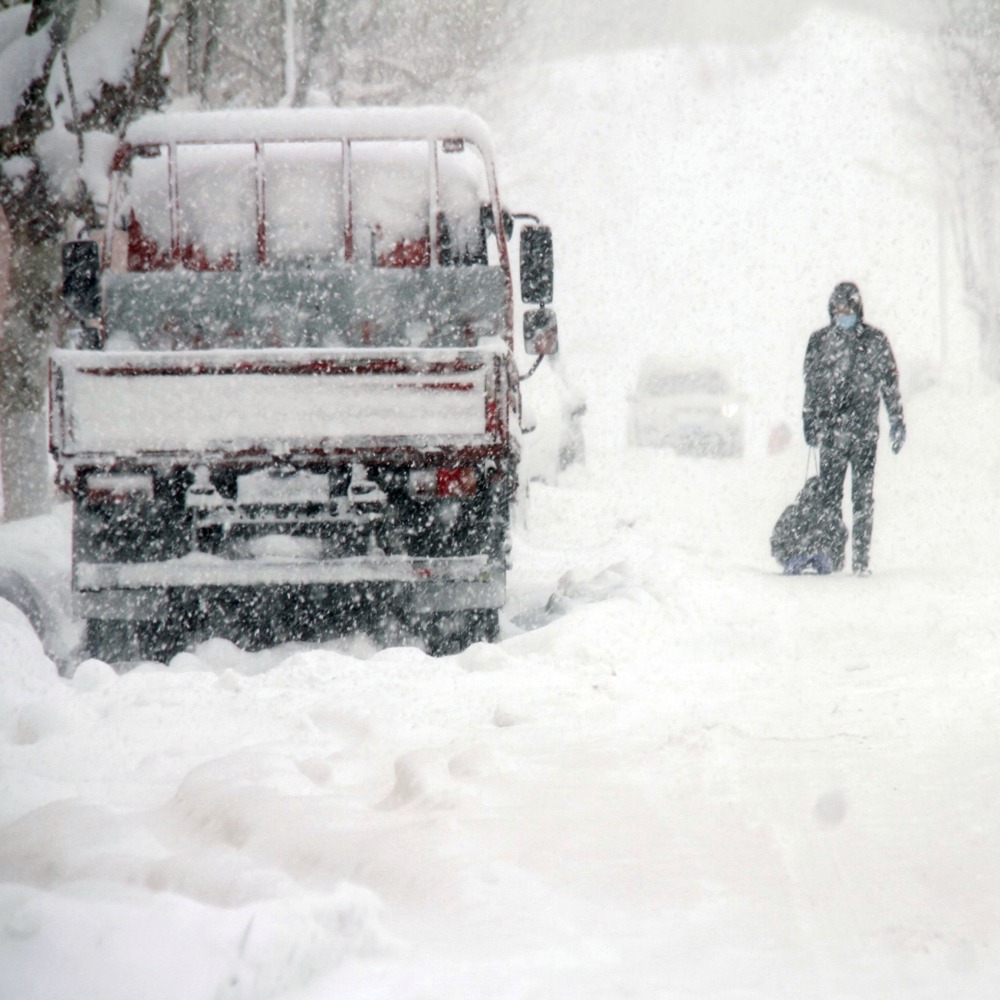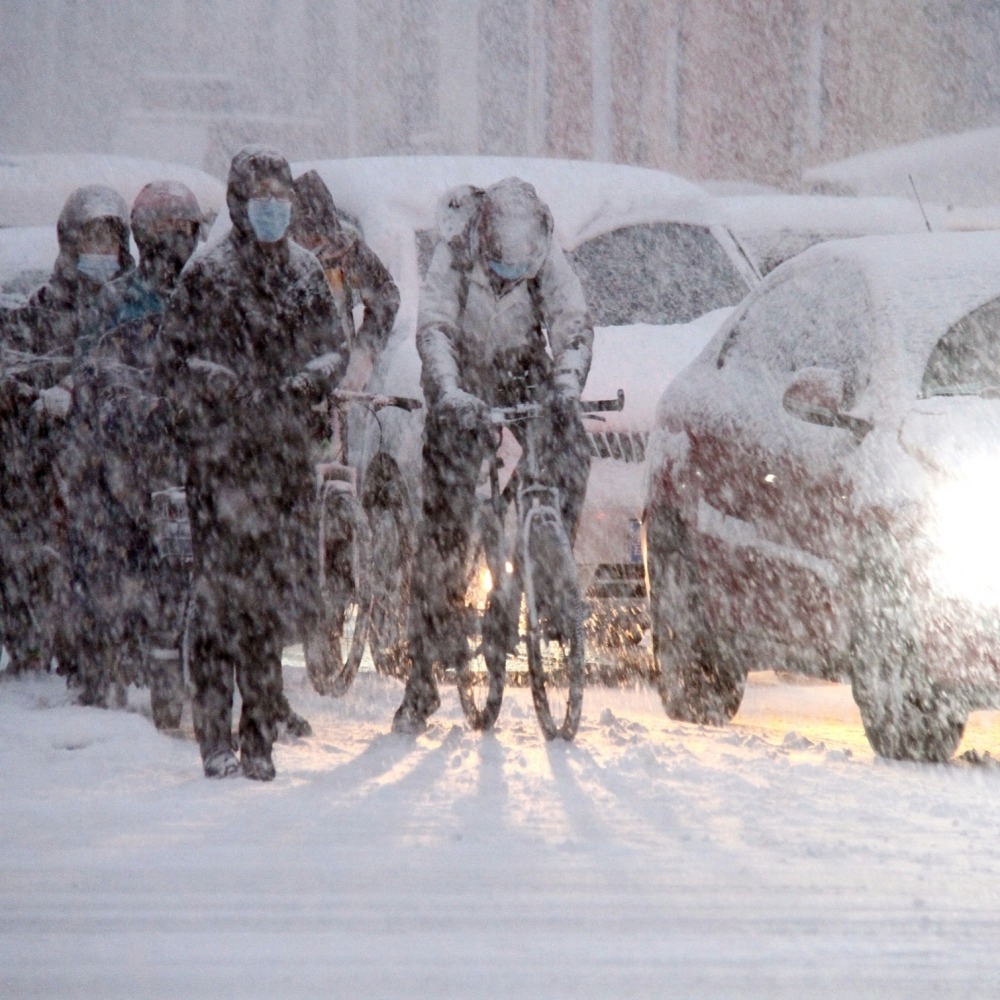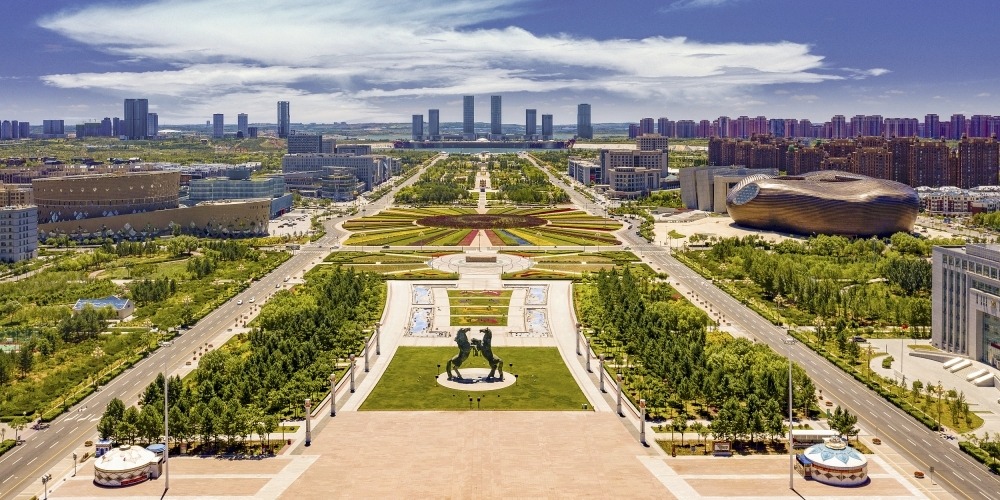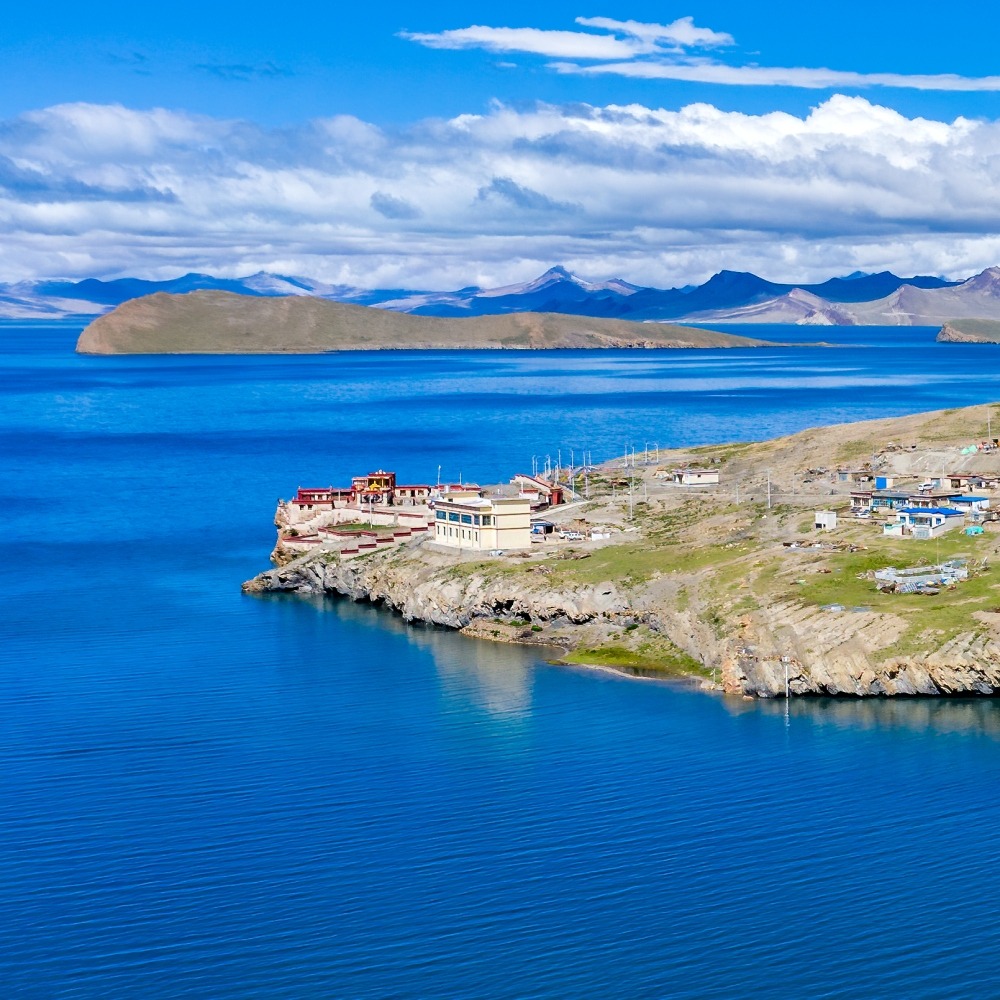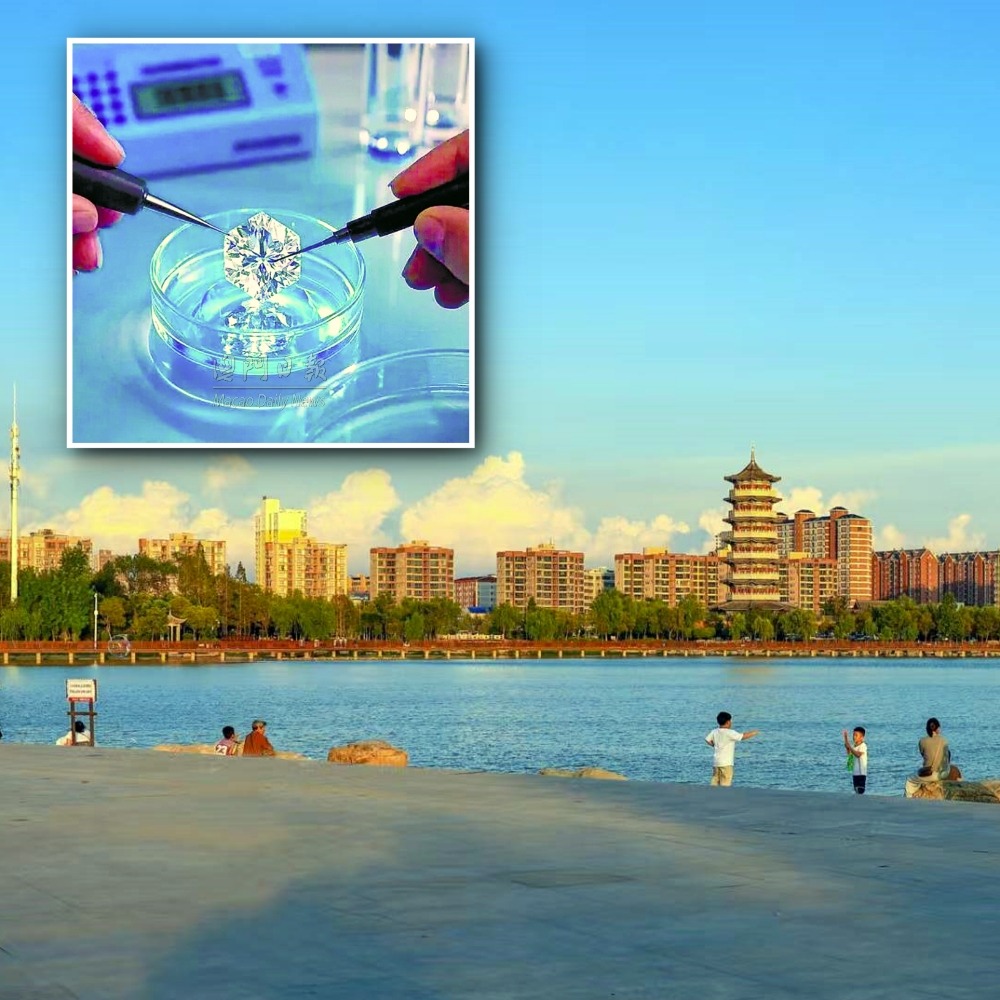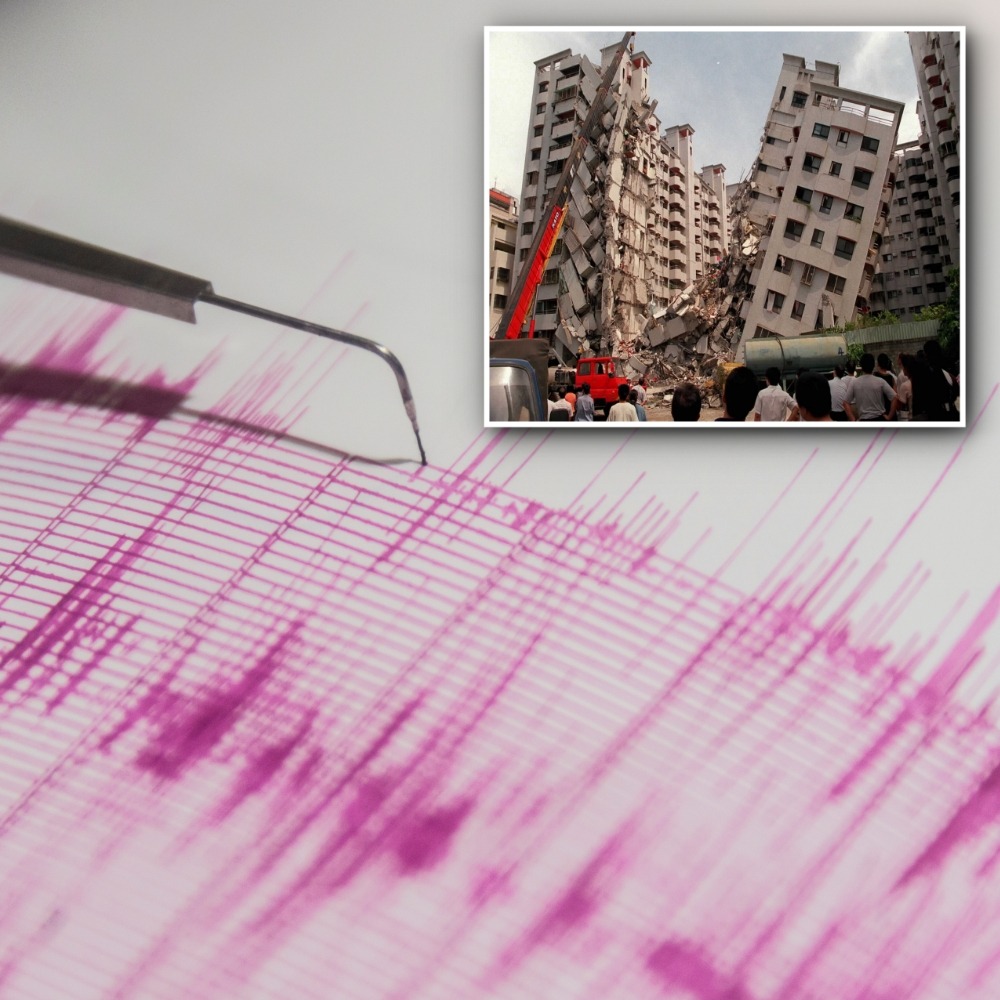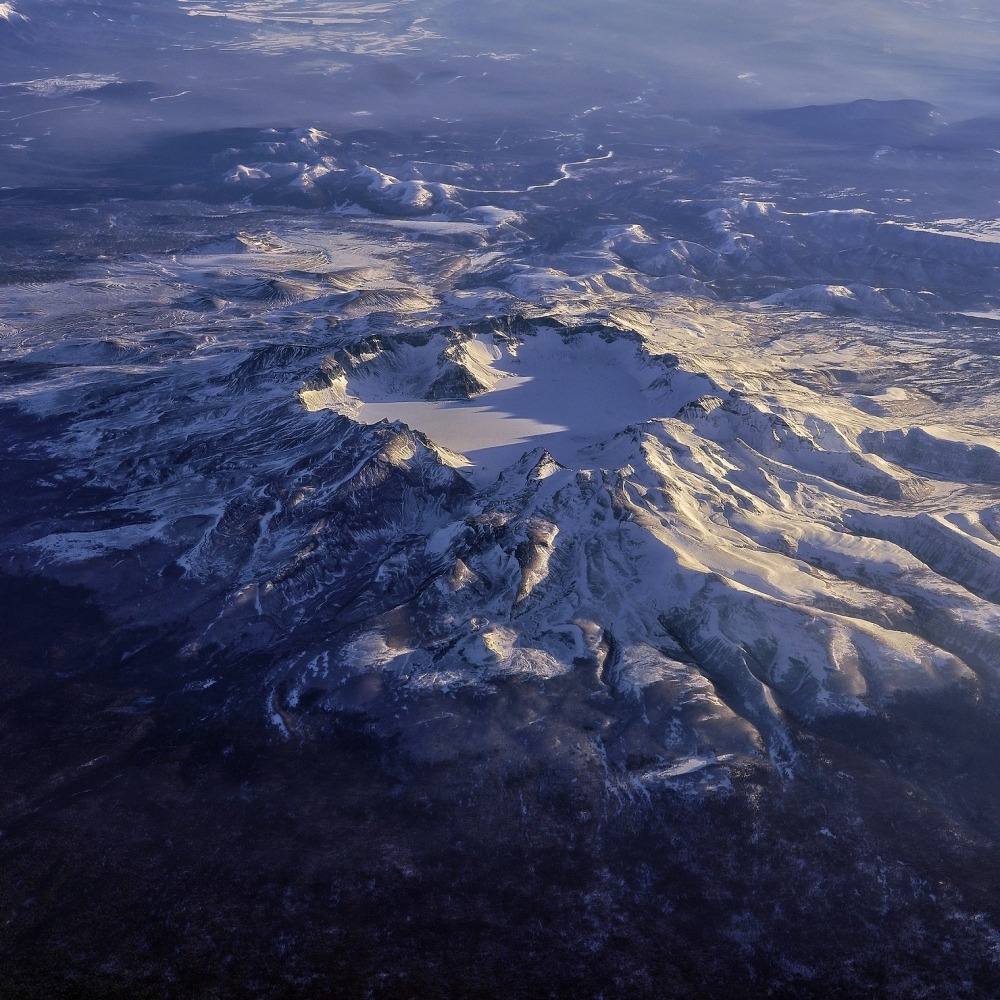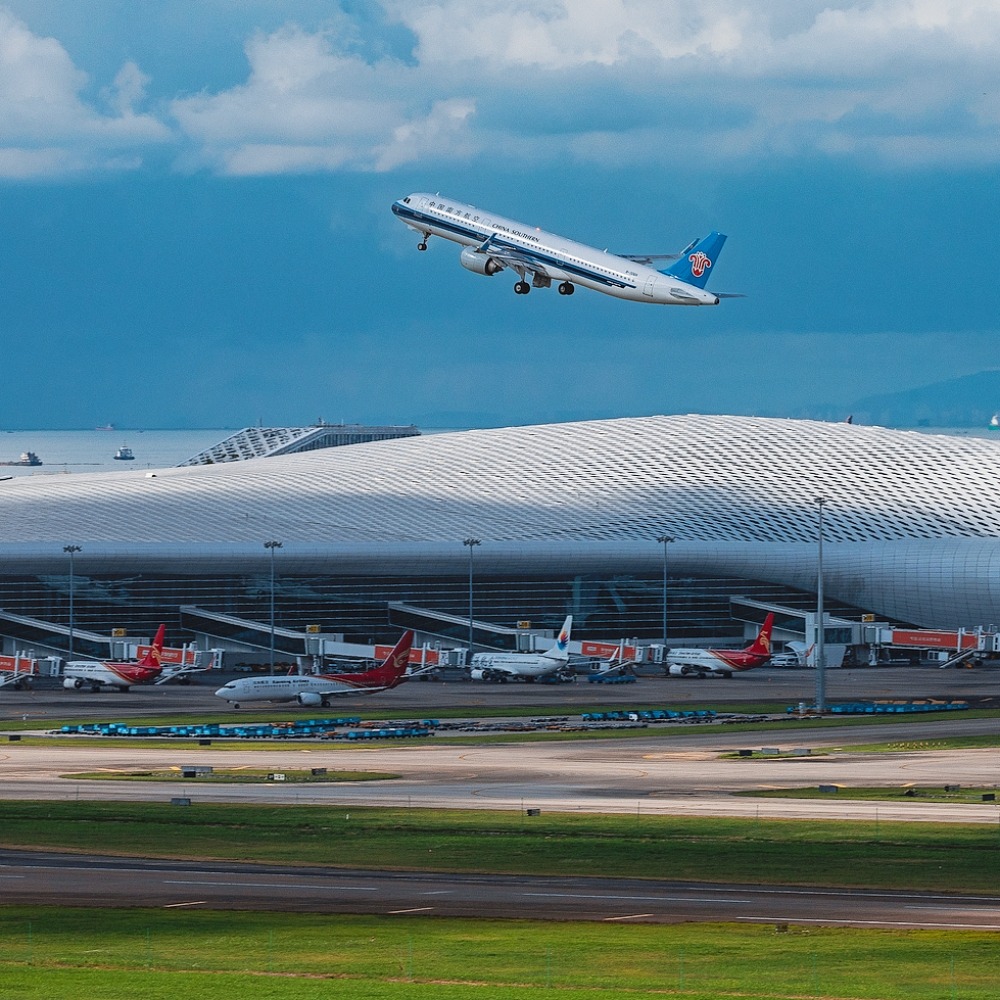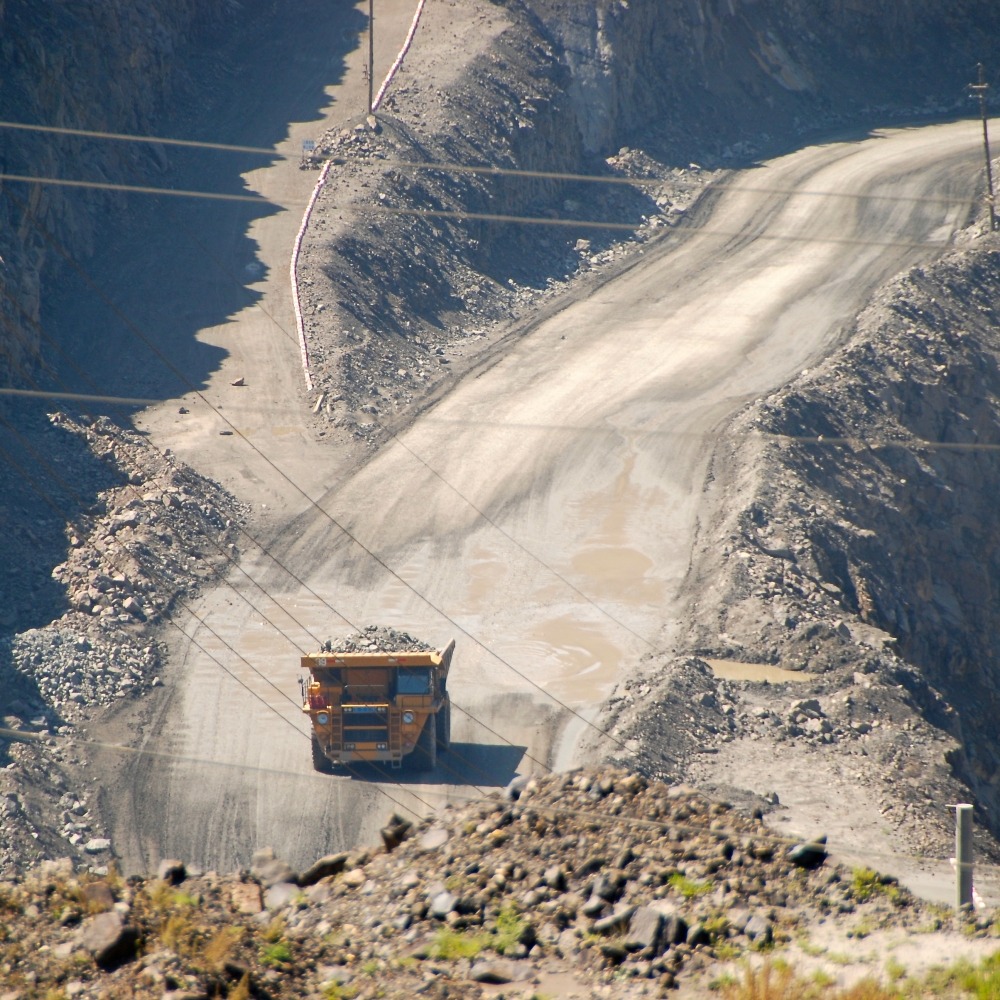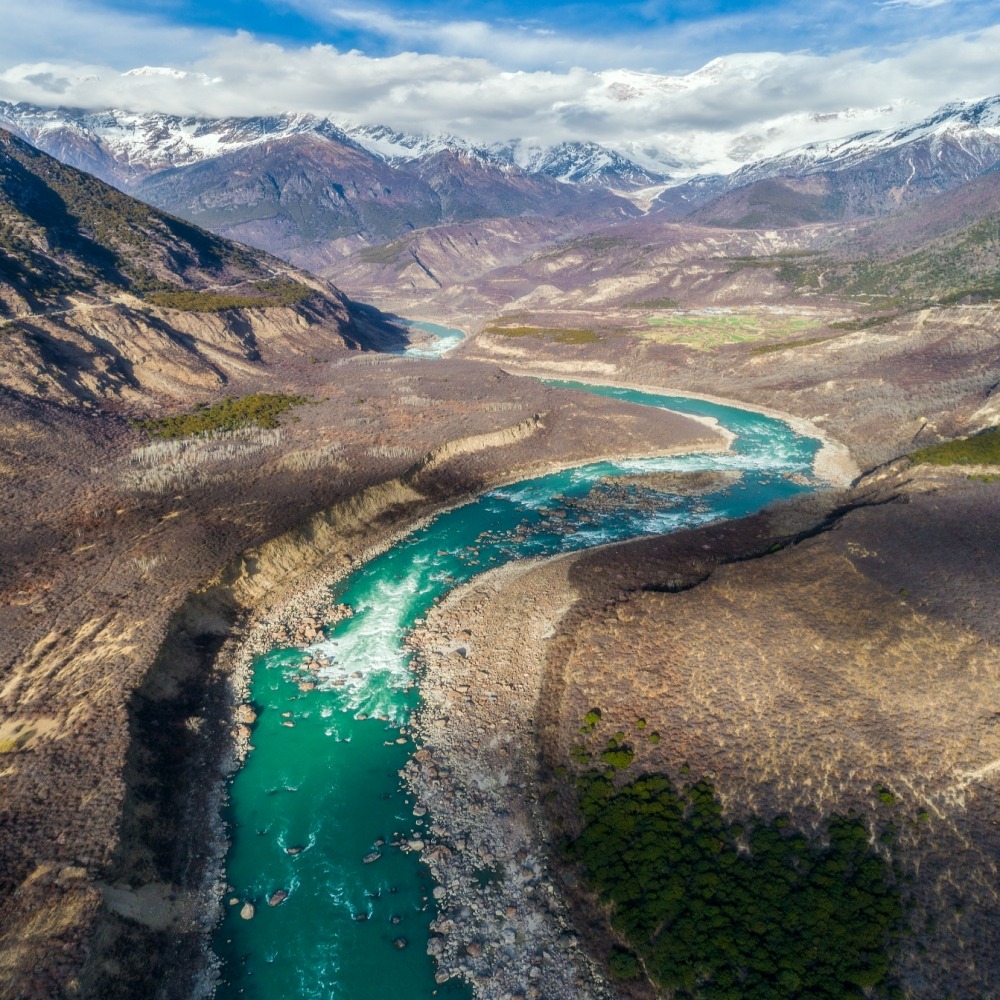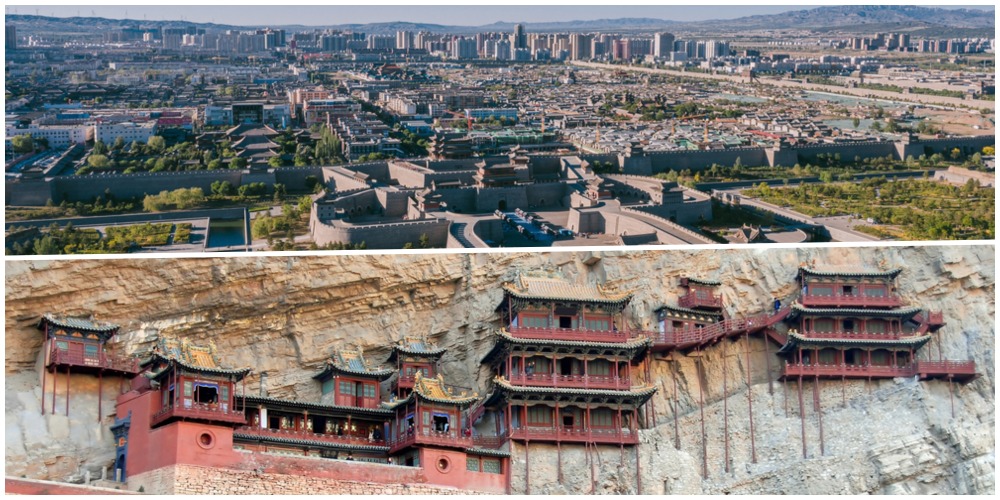Published : 2025-01-13
Do you know that China in winter is colder, even the coldest, compared to other regions at the same latitude? Why is that?
China's Mohe is 30℃ colder than Liverpool

Due to the angle and direction of sunlight ("solar altitude angle"), solar radiation decreases with increasing latitude, resulting in a decrease in temperature from the equator towards the poles.
However, other geographical factors also influence the temperature, causing variations in temperature at the same latitude.
Is China really colder in winter than other regions at the same latitude? How much colder is it?
Mainland China media have listed some examples: Liverpool on the west coast of the United Kingdom and Mohe (漠河), the "Arctic" of China in Heilongjiang Province, have very similar latitudes, both around 53°N.
But in Liverpool, even in winter, the lowest daily temperature is usually above 0°C, and the port remains ice-free year-round, while Mohe at the same time experiences thousands of miles of frozen land, with temperatures dropping below -30°C.
Liverpool's temperature is roughly the same as China's Hangzhou in Zhejiang Province and Changsha in Hunan Province, but these two Chinese cities have much lower latitudes, only between 28°N and 30°N.
China's Guangzhou has 2.8 frost days in January

Similarly, Harbin, the provincial capital of north China's Heilongjiang Province, is known as the "Ice City," with an average temperature lower than -19℃ in January. You might not expect it, but Harbin's latitude is actually lower than Paris, where the average temperature in January is above 0℃.
Another example is Moscow in Russia, located at latitudes of 55°N to 56°N, with an average temperature of -9.3℃ in January, while China's Shenyang in Liaoning Province, is about 14 degrees lower in latitude than Moscow but has an average temperature of -11.5℃ in January.
How about comparing with North America?
The land area of North America is not as vast as the Eurasian continent, and its mountain ranges run north to south. Thus, the cold high-pressure systems are not as strong as those in China, and they can extend southward without obstruction. Therefore, the winter cold is slightly less severe compared to that of China.
China's northern region is cold, and the southern winters are also cold.
Havana, the capital of Cuba, and Guangzhou, the capital city of south China's Guangdong Province, share similar latitudes. Both places do not have snow in winter and have flowers throughout the year.
However, Havana is basically summer all year round, and even when the strongest cold wave comes, its temperature still stays at around 9℃, while Guangzhou's average temperature in January is about 8℃ lower than Havana.
This Chinese city has 2.8 days of frost period, with the lowest temperature potentially dropping to 0℃.
The Siberian cold wave is the culprit
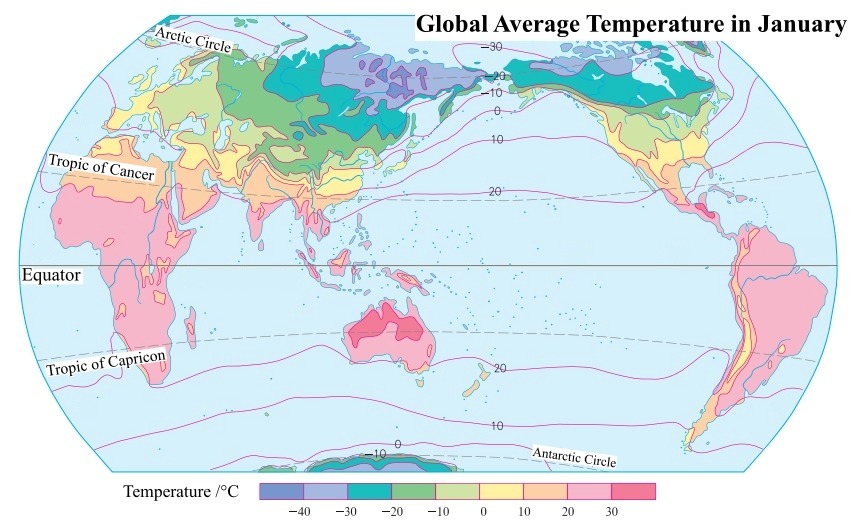
Some reports believe that China has the coldest winter among countries at the same latitude in the world.
The temperature in Northeast China is about 14℃ to 18℃ lower than the average temperature of the latitude circle in which it is located.
And it is the same in China's other regions: the middle and lower reaches of China's Yellow River are 10℃ to 14℃ lower than the average temperatures; south of the Yangtze River is 8℃ lower; and on the southern coast of China, it is also about 5℃ lower.
Why is China particularly cold? Some media pointed out that the culprit is the cold waves that frequently move southward.
Most of the cold air originates from the Arctic Ocean, and part of it moves southward through Siberia, which is the heart of the Eurasian continent.
Siberia not only has a high latitude and high altitude, but it is also located in the interior of the continent, receiving little heat and losing it quickly. It is the cold centre of the Northern Hemisphere, akin to a "gas station" for cold air.
After strengthening and accumulating energy here, the cold air breaks out under the guidance of the northwest airflow, forming a cold current that continually invades China to the south.
The southern winds make China's summer hotter

The cold waves invading China from Siberia mainly have three routes: west, central, and east. The most influential and common one is the western route.
It enters China from Xinjiang, proceeds southward along the Hexi Corridor and the eastern part of the Qinghai-Xizang Plateau (previously known as the "Qinghai-Tibetan Plateau"), reaching as far as South China. It impacts the western part of China and areas south of the Yangtze River.
The central route moves southward from central Mongolia through China's Hetao region, pushing deep into the area north of the Yangtze River.
The eastern route passes through eastern Mongolia, and then through northern region of North China and northeast China, to the Bohai Sea and the lower reaches of the Yellow River, bringing rain and snow to the northern coastal areas.
Moreover, since China is located south of Siberia, on the west coast of the Pacific Ocean, and closer to the Indian Ocean, southerly winds prevail in the summer, blowing from the ocean towards the land.
Hence, in addition to colder winters, China also at hotter summers, with summer temperatures being higher than that of many places at the same latitude.
For example, China's capital Beijing is located at around 40°N, and its average temperature in July is 2℃ higher than the average temperature of its latitude; in central China's Wuhan, around 30°N, the average temperature in July is 1.7℃ higher.
Read more: Where is China's coldest place? How cold can it get?

